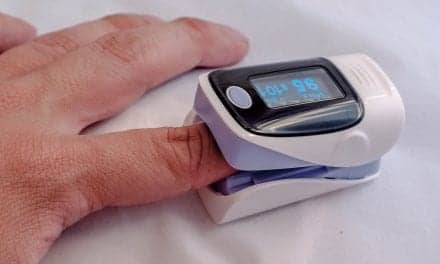Nihon Kohden is showcasing its novel BMS-1700 transport monitor at the Anesthesia Society of America’s ANESTHESIA 2015 meeting in San Diego (Oct 24-28, 2015).
The BSM-1700 is designed to work as a transport monitor, stand-alone monitor or input unit for Nihon Kohden’s BSM-6000 or BSM-9000 bedside monitors. With five hours of standard battery life and no additional peripheral devices or cables required, it gives healthcare providers a flexible, easy-to-use solution that ensures seamless transfer of data from admission to discharge and one standard of care throughout the patient stay.
The device was developed to address the heightened safety challenges of transporting at-risk patients between points of care in the hospital setting, according to NK.
The BSM-1700 is the only commercially available transport monitor that tracks key parameters, such as electrocardiography, respiration, blood oxygen, non-invasive and invasive blood pressure, temperature, cardiac output, bispectral index, as well as carbon dioxide (CO2) in its base configuration, NK says.
Importantly, for post-anesthesia patients, the monitor has the ability to track end-tidal CO2, a critical measure of ventilation status, during transit from the operating room to the post-anesthesia care unit or critical care unit.
According to the company, studies have shown an increased risk to patient safety during intrahospital transport, especially among critically ill patients. According to the guidelines established by the American College of Critical Care Medicine, careful planning, qualified staff and use of the right equipment are key to managing this risk.1
“When it comes to patient safety, there is no room for compromise at Nihon Kohden,” said Dr Wilson P. Constantine, chief executive officer, Nihon Kohden America. “The robust profile of our base BSM-1700 transport monitor represents our steadfast commitment to delivering the right technology when and where it is needed, no matter what.”
Reference
- Warren, J. et al: Guidelines for the inter- and intra-hospital transport of critically ill patients. Crit Care Med 2004, Vol. 32, No. 1; 256-262










